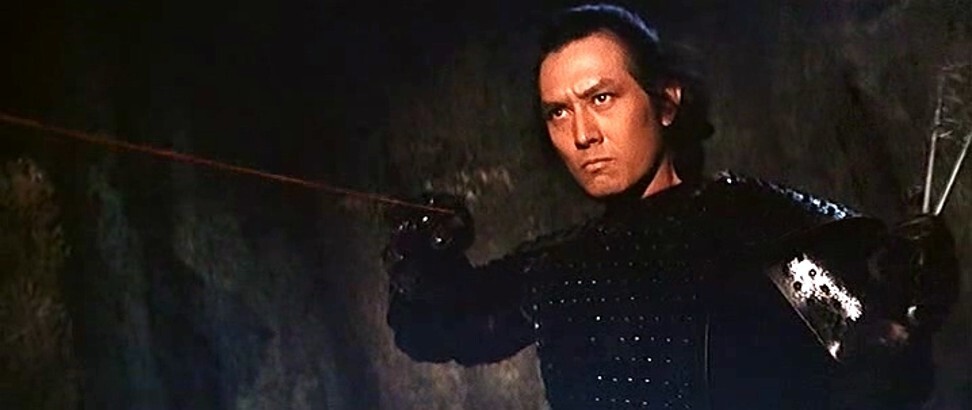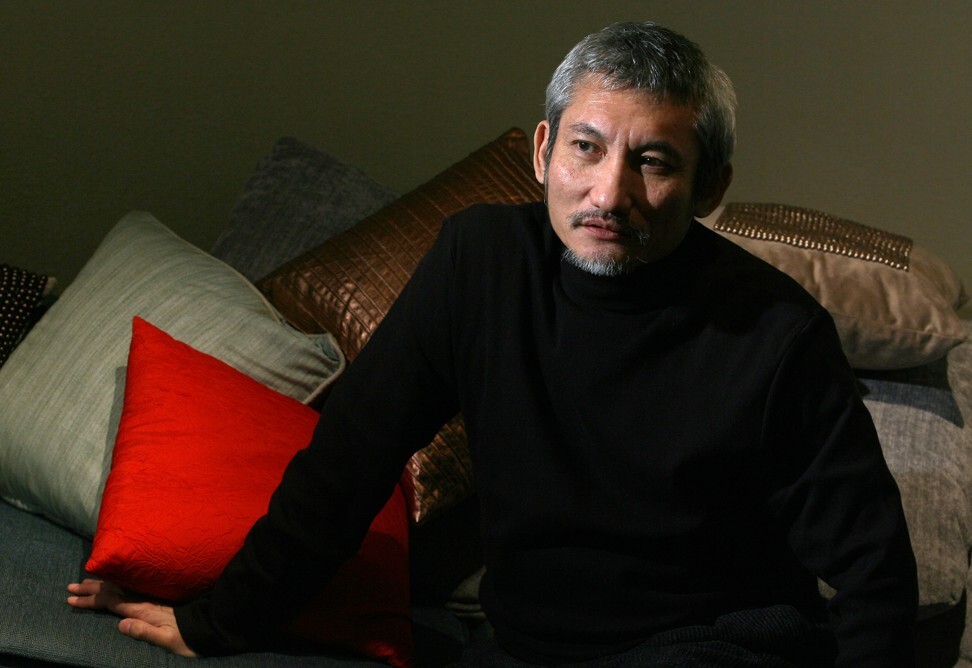
How Tsui Hark refreshed wuxia films with supernatural detective mystery The Butterfly Murders, his 1979 debut
- ‘Martial arts films so far have been very limited in form … I hope to strike a new path,’ a confident Tsui Hark said of his feature debut The Butterfly Murders
- Its mix of history, horror, martial arts and mystery and Tsui’s quick edits, lighting and make-up effects made it different – and a minor masterpiece, in fact
Hong Kong director Tsui Hark’s debut film, The Butterfly Murders, didn’t make much of a dent on the box office when it was released in July 1979, but it did garner some good reviews. Today it is regarded as a minor masterpiece for its creative and unique approach to the wuxia genre, and for the way it foreshadows the stylistic, technical and thematic ideas that Tsui would refine in the years to come.
The Butterfly Murders is a strangely exotic film which mixes martial arts, history, horror and mystery to good effect. Set in an unspecified time in ancient China, it’s structured like a traditional detective novel. A group of experts are called to an almost deserted castle to solve a mystery. There are some red herrings and some plot reversals, some characters who are not what they purport to be, and many surprises along the way.
The series had been a big hit. “The stylised art direction, the intriguing fight sequences, and the splendid costumes make The Gold Dagger Romance one of the most important works in the history of Hong Kong television,” wrote a local critic in 1984.
Tsui chose the genre because he felt it gave him more chance to experiment than a contemporary drama would, he said. “Martial arts films tend to allow plenty of room for imagination. Their accommodation of fantastique elements means that one is virtually free to turn them into whatever one likes. Martial arts films so far have been very limited in form, I feel. That’s why I hope to strike a new path with The Butterfly Murders,” he told Hong Kong’s Film Biweekly magazine in 1979.
Hong Kong martial arts cinema: everything you need to know
The plot is convoluted, but that reflects the nature of martial arts novels, which are complicated by design. Although the film’s storyline weaves and winds, it fits together well enough, and it’s cleverer than some of Tsui’s later plots.
The Butterfly Murders, which was shot on location in Taiwan, takes place in the almost deserted Thunder Castle, just after a period in which China had been decimated by civil wars. Fong (Lau Siu-ming), a scholarly writer who has made his living documenting battles, is invited by the castle’s owner Shum (Chang Kuo-chu), to investigate a swarm of killer butterflies who are infesting the castle and killing its inhabitants.

Also invited are Tien (Wong Shu-tong), a military commander of the “72 Trails of Smoke” clan, and Green Shadow (Michelle Yim), a female martial arts expert. The group are suspicious of each other and begin an exploration of the subterranean levels of the castle, where they find a room full of weapons powered by gunpowder – a revolutionary technique at the time – and a spooky alcove full of dead butterflies.
The martial arts don’t begin until halfway through, when the Thunders – a trio of suspicious martial artists – arrive, ostensibly to help solve the mystery. Shum is killed by the butterflies, and a vicious figure clad in studded leather armour attacks his wife. Fong, Tien and Green Shadow must piece together the events to solve the mystery.
Tsui says he wrote the script by instinct, without focusing on a message. But in an interview for a French-language channel, he was specific about the theme. “The characters are mysterious and unpredictable,” he said. “They are civilised people but they have animal instincts. This was strange for audiences, they weren’t prepared for that.”

The opening shots of a bloody battlefield which “stinks of human flesh”, according to narrator Fong, reinforces the idea of the violence beneath humanity’s veneer.
The martial arts scenes are well staged – by Wong Shu-tong, who also played Tien – but clumsy. This is due to the improvisational nature of the shoot, and the fact that, as Tsui has said, he had never made a film before, so was working out how to do it as he went along. But compared to the wuxia films of the 1970s, Tsui’s quick edits, lighting and make-up effects looked different.
The wirework that became a big part of Tsui’s later films is present, but in a very interesting form. Instead of the wires being hidden or masked, the characters use wires to haul themselves around – a bit like mountaineers – and their proficiency on the wires becomes part of the story.

The butterflies used in the film are real and caused Tsui and his crew innumerable problems, as they refused to perform in front of the cameras. Even after Tsui worked out that their refusal to fly was due to the fact they were battered and tired by their journey to the set, they would still fly for only 30 seconds at a time, and the crew resorted to blowing them around with fans.
Tsui said the isolated nature of the Taiwan location, which meant the filmmakers had no means of receiving outside support, coupled with his inexperience, made for a challenging, if enjoyable, shoot. And in the process he made a Hong Kong masterpiece.
In this regular feature series on the best of Hong Kong martial arts cinema, we examine the legacy of classic films, re-evaluate the careers of its greatest stars, and revisit some of the lesser-known aspects of the beloved genre. Read our comprehensive explainer here.
Want more articles like this? Follow SCMP Film on Facebook
